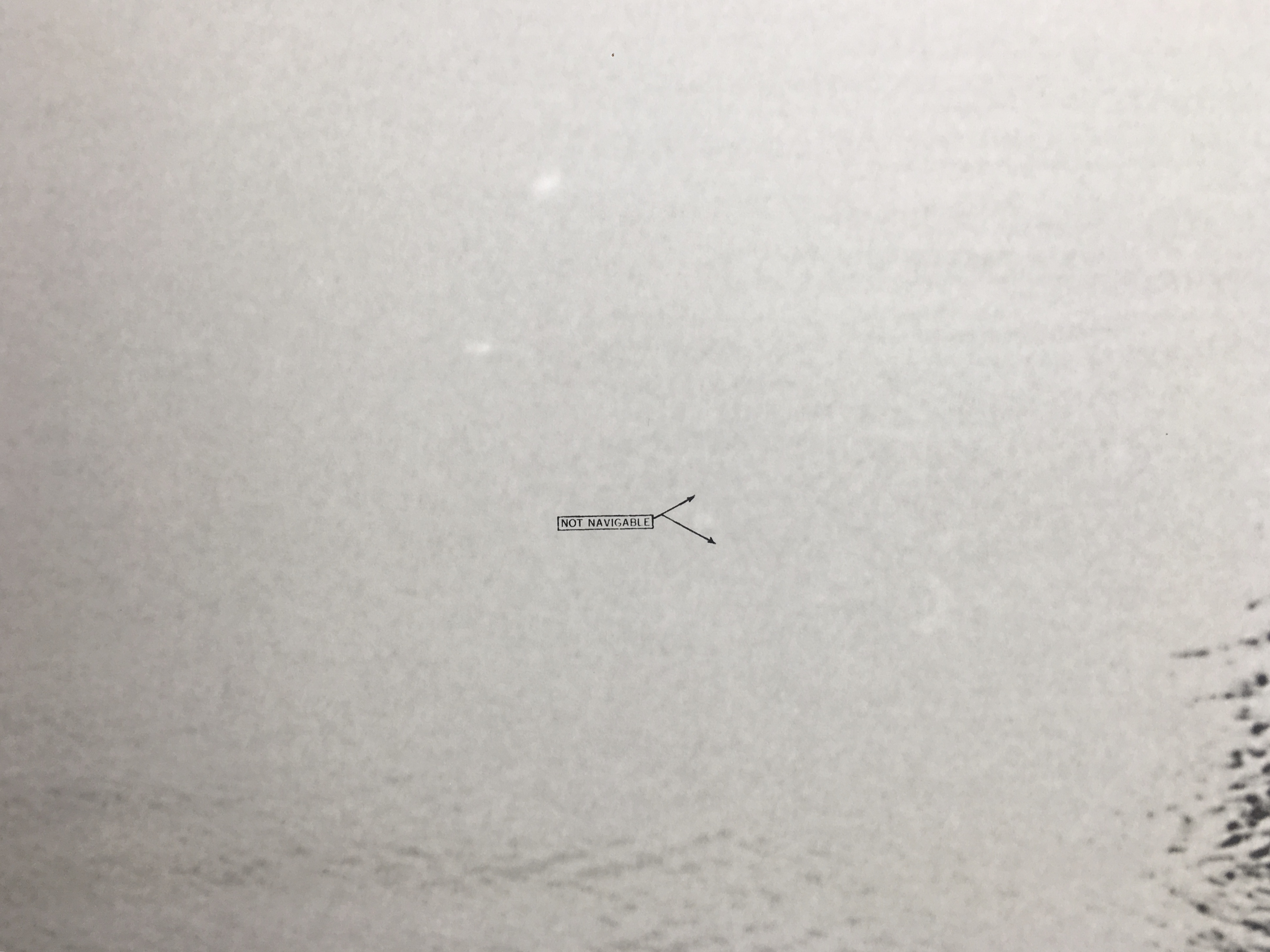Five Trillion Times/ Print Future
![]()
![]()
![]()
![]()
![]()
![]()
Five Trillion Times/ Print Future is the main exhibition of the 2nd International Printmaking Triennial took place at the Art Museum of the China Academy of Art in Hangzhou, China, in Nov 2018. The theme of this year’s triennial was ‘Print in the Post-Print’. This exhibition was curated by Lisa Chang Lee and participating artists of this exhibition includes David Blandy, Jeroen van Dooren, Pauline Emond, Nicolas K Feldmeyer, Rad Husak, Dick Jewell, Jukhee Kwon, Laura Kuch, Rachel Povey, Nicolas Rupcich, Jo Stockham, Po Yi Bonnie Wong. My work Toolkit for the Future and Map of the Sea were exhibited in this show.


Five Trillion Times/ Print Future is the main exhibition of the 2nd International Printmaking Triennial took place at the Art Museum of the China Academy of Art in Hangzhou, China, in Nov 2018. The theme of this year’s triennial was ‘Print in the Post-Print’. This exhibition was curated by Lisa Chang Lee and participating artists of this exhibition includes David Blandy, Jeroen van Dooren, Pauline Emond, Nicolas K Feldmeyer, Rad Husak, Dick Jewell, Jukhee Kwon, Laura Kuch, Rachel Povey, Nicolas Rupcich, Jo Stockham, Po Yi Bonnie Wong. My work Toolkit for the Future and Map of the Sea were exhibited in this show.
The human behavior of engraving and copying images can be traced back to the 3000BCE Sumerian who engraved designs and cuneiform inscriptions on cylinder seals (usually made of stone), which, when rolled over soft clay tablets, left relief impressions. The Sumerians not only gave birth to the concept of reproduction, but also laid the prototype of the roller of the printing machine. Later, the earliest printed image with an authenticated date is a scroll of the Diamond Sutra (one of the discourses of the Buddha) printed by Wang Jie in 868 CE. Illustrativity and textuality distinguishes prints from any other medium that carries the extended nature of the duplication. The practice of plate making and printing symbolizes humanity's desire to pass on the cognition of the world and consciousness. With the development of printing media, from clay printing to computers and internet in today’s digital age, science and technology constantly updates the way we spread information and understand the world, on the other hand, reconstructing the world perceived in people's eyes. In words of 18th century empirical philosopher George Berkley “to be is to be perceived" in his book “An Essay toward New Theories of Vision" (1710), which in many ways coincides with the Buddhist phrase "perception turns with the soul”.
Only two decades in the new millennium, electronic technology has revolutionized the medium we use for communication, obtaining knowledge and transmission of idea. In the autumn of 2018, the electronic giant Apple released their latest handheld computer product (iphone XsMax) enabling 5 trillion operations per second with a small A12 chip. Digital VR/AR technology is also striding toward portable terminals, blurring the boundary between virtual reality and reality. The way in which knowledge and consciousness is liberated from the conventional physical mediums and is transmitted through millions of fiber bands. Meanwhile a parallel universe of the information world began to form just like the Opte Project, conducted by scientist Barrett Lyon in 2003, first visualized the Internet breadth. Anthropologist Stephen Kern mentioned in his book The Culture of Love how modern technology makes the sense of present moment changes from a single-line of independent events to an innumerable interconnected separation event network, resulting contemporary synchronicity and simultaneity subvert the entire superstructure of the our society.
Following the discussion above, ”Five Trillion Times" extends from the core concept "Post-Printing Era" of the triennial, further exploring and thinking about "print" that has become broader and broader in the contemporary context. Hence the art of “Print” in this panel is understood as the means of reflecting the world and how contemporary societies have influenced individual and group consciousness. From this point of view, the entire exhibition also presents a free face that is not limited by it’s traditional form.
李昶 Lisa Chang Lee